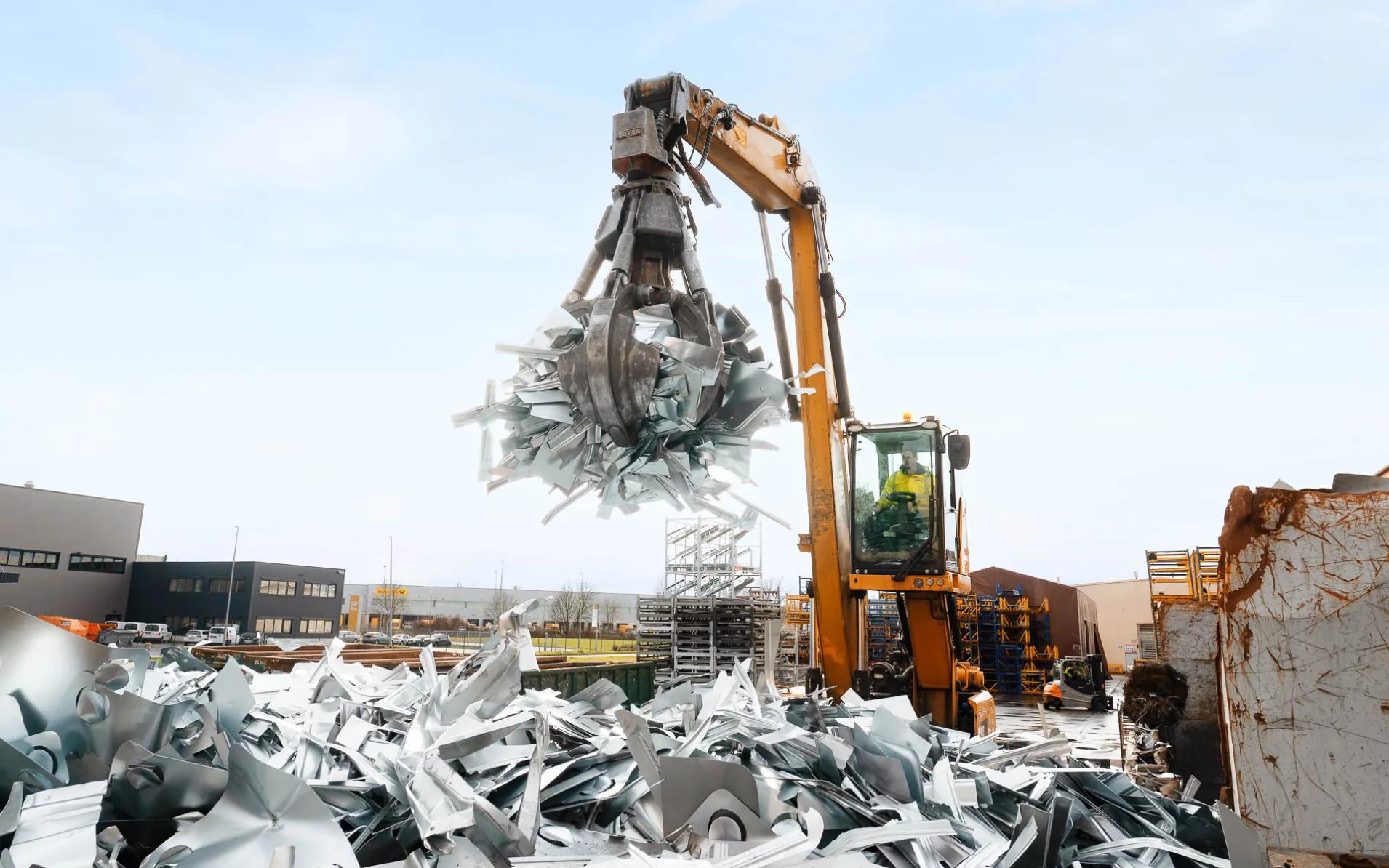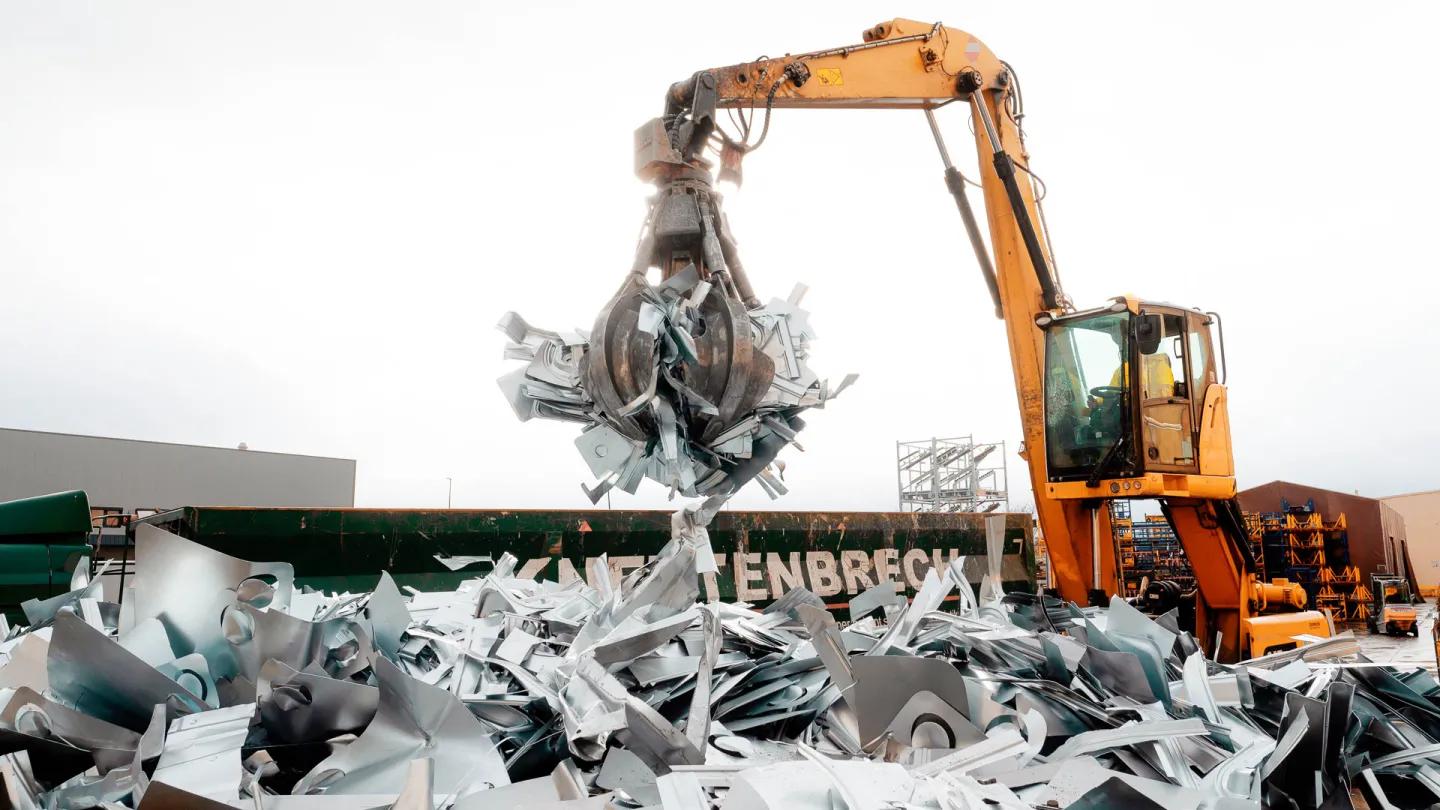
Valuable recycling to conserve natural resources
By definition, scrap is something that gets thrown away. However, scrap metal is a valuable secondary raw material that makes an importantncontribution to conserving natural resources and reducing the energy used in metal processing. “Industry has long been working hard to develop ways of getting the best possible use out of the expensive commodity of steel and generating as little waste as possible,” says Stefan Kuhn, Managing Director of HÖRMANN Automotive Gustavsburg GmbH.
There are different approaches to achieving this: producing less waste by optimising the arrangement of the products to be punched on a board, and investing directly in high-quality recycling.
![]()
![]()
»Although our Gustavsburg plant processes more than 100,000 tons of steel every year, thus converting a huge quantity of raw materials into valuable components for the commercial vehicle industry, we also do our best to conserve the world’s natural resources through efficient recycling.«
Stefan Kuhn
Managing Director of HÖRMANN Automotive Gustavsburg GmbH
Proper separation is important
Steel is well suited to recycling because it can be easily melted down again. “We know that our scrap is transported to selected recyclers. Steelworks then use the scrap steel as aggregate in new steel products,” says Stefan Kuhn.
To ensure the purity and quality of the new material, it is important that scrap is strictly separated and that no foreign substances find their way into the containers. At the Gustavsburg plant, the waste (or scrap) resulting from the pressing and punching process is collected in containers manually or using conveyor belts – and carefully separated by individual material type.
